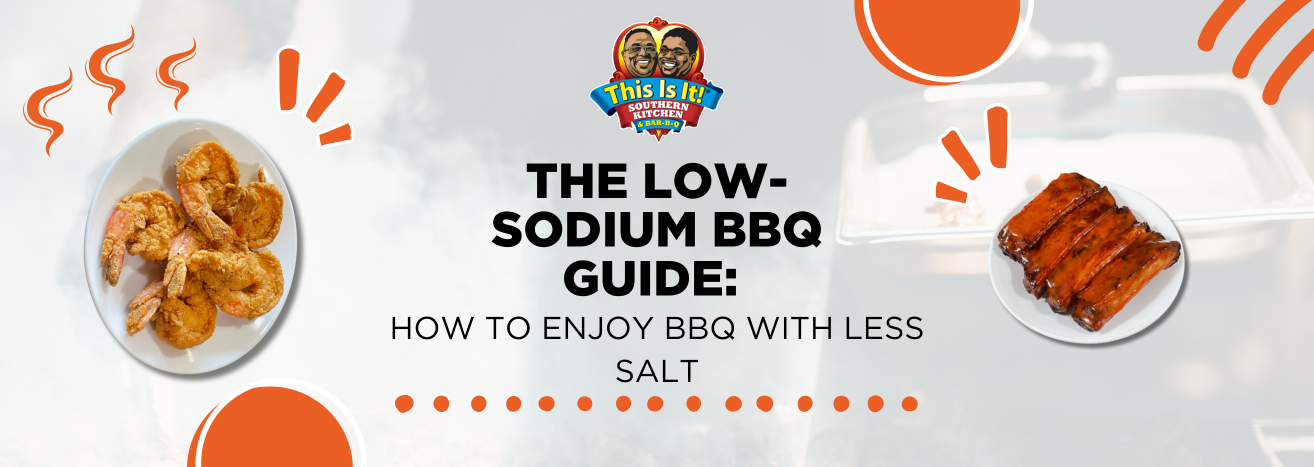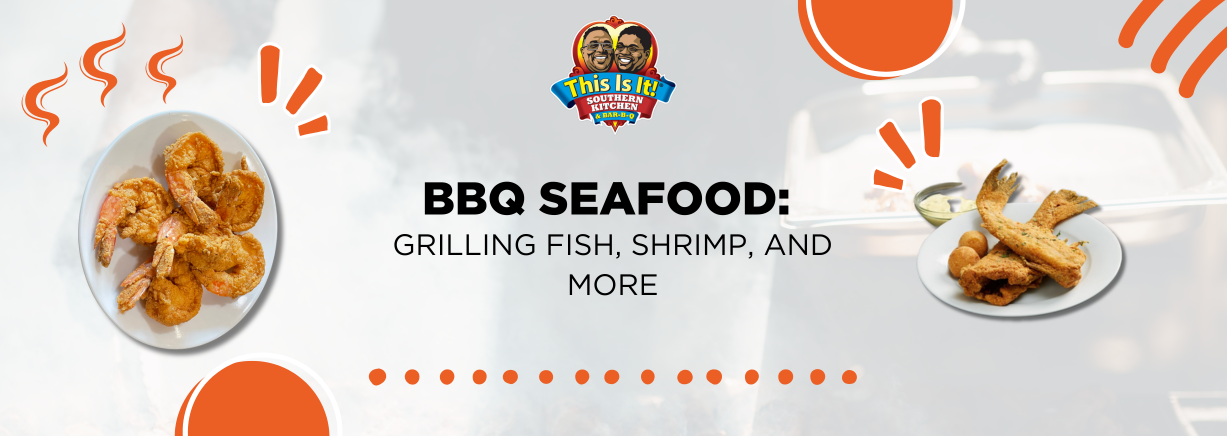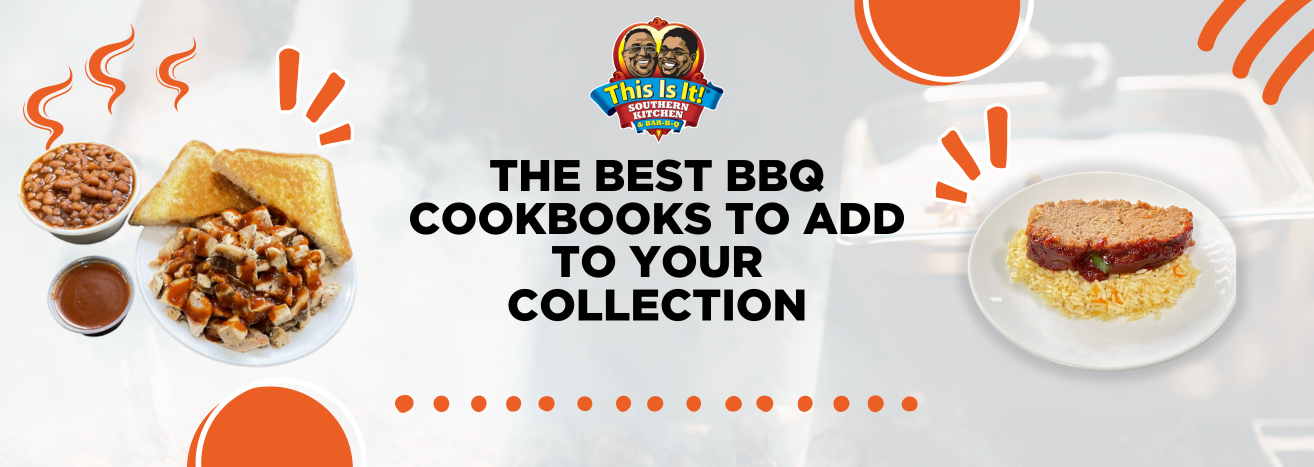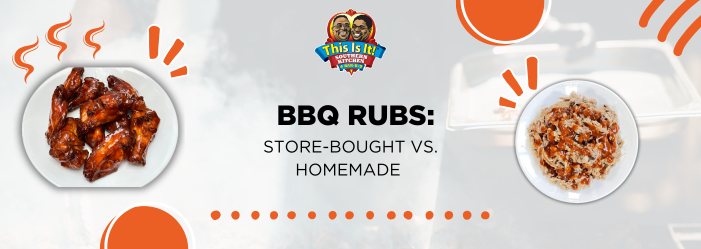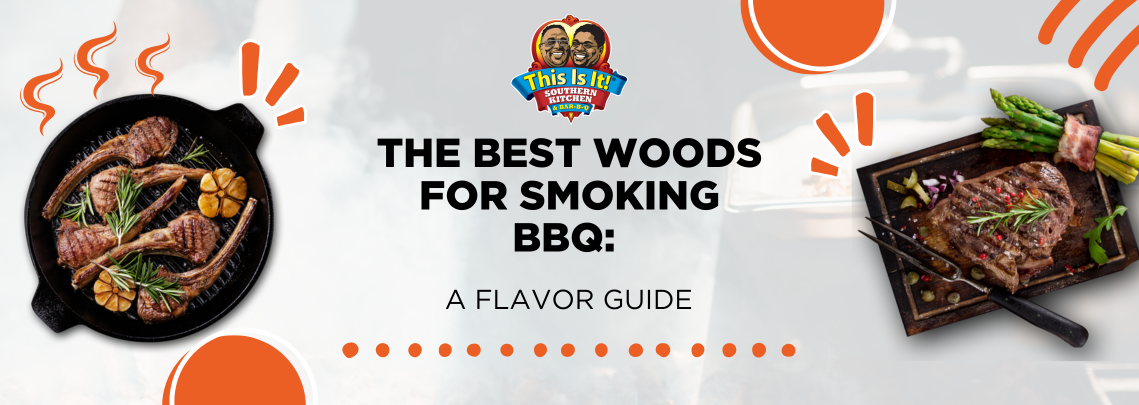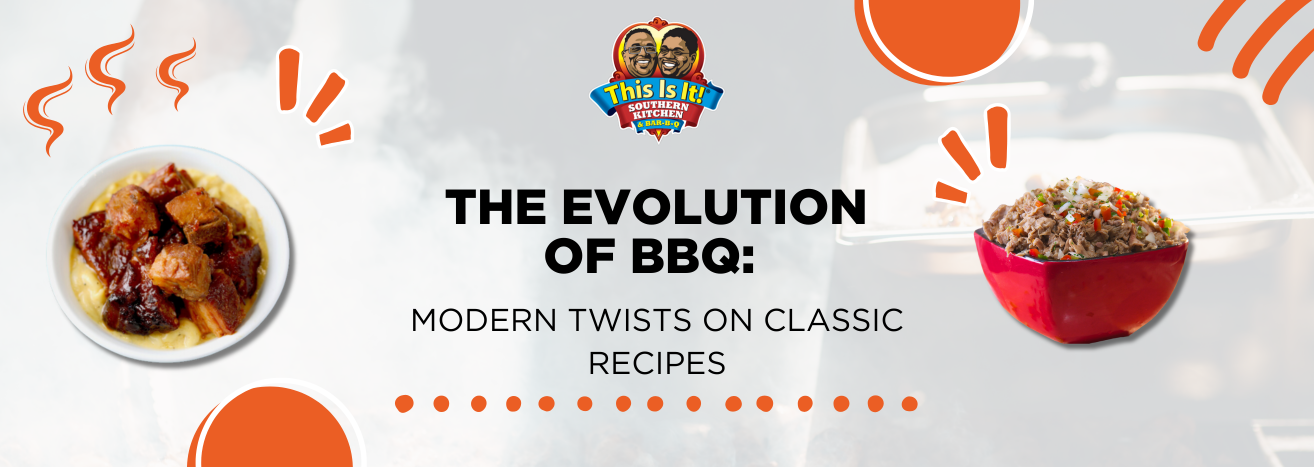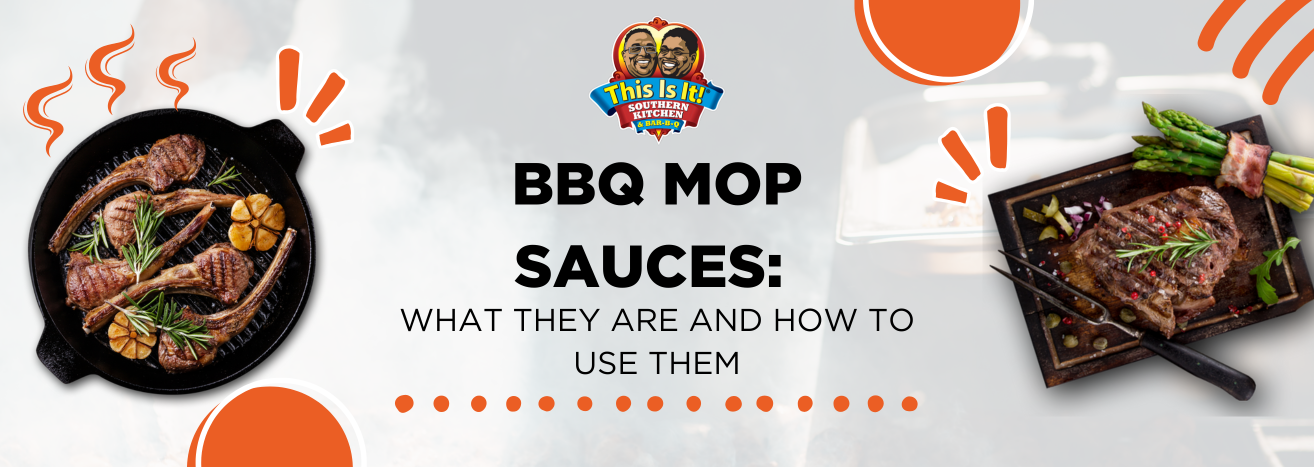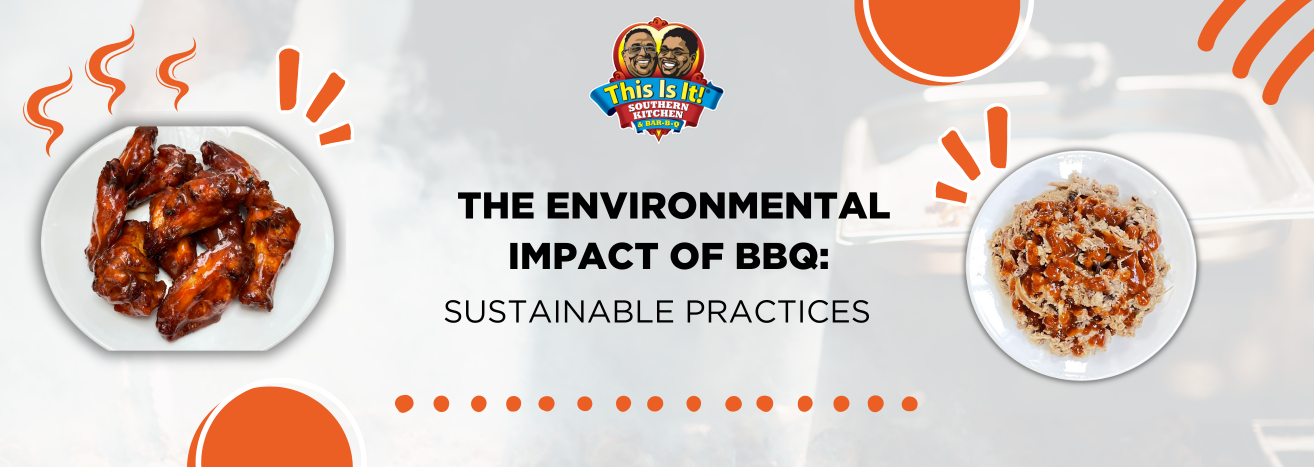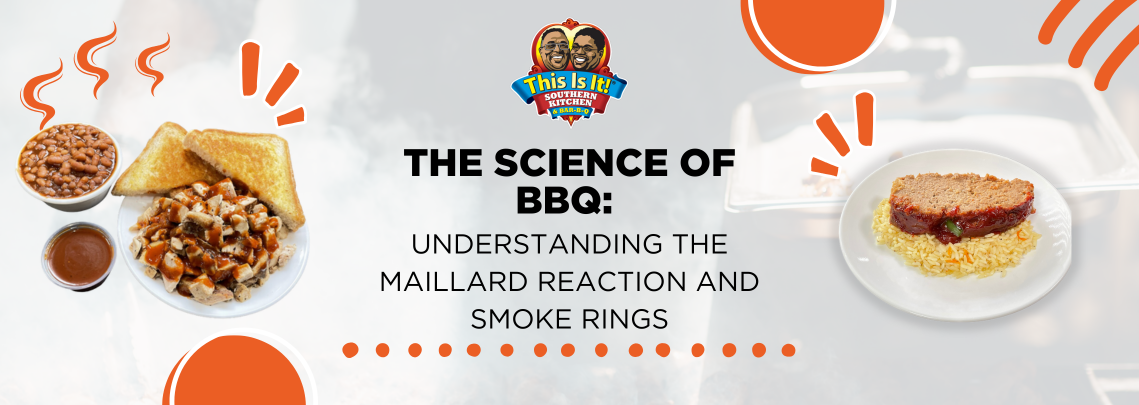Grilling vs. Smoking: What's the Difference? A BBQ Breakdown

For many, the arrival of warmer weather sparks a primal urge to fire up the grill and indulge in some delicious BBQ. But within the realm of BBQ, two distinct methods reign supreme: grilling and smoking. While both involve cooking outdoors and often utilize similar equipment, the final results can be vastly different.
Grilling vs. Smoking: What's the Difference?
- Heat and Speed: The Defining Factors
- The Science Behind the Sizzle: Cooking Methods
- Grilling: Direct Heat
- Smoking: Indirect Heat
- Choosing Your Weapon: Grill vs. Smoker
- Grills: Gas, Charcoal, Electric
- Smokers: Charcoal, Electric, Pellet
- Food Fit for the Flame: Selecting Your Cuisine
- Grilling: Thin Cuts, Seafood, Vegetables
- Smoking: Tough Cuts, Whole Birds, Fish
- Beyond the Basics: Advanced Techniques
- Grilling: Searing, Reverse Searing, Indirect Grilling
- Smoking: Hot Smoking, Cold Smoking
- The Art of Smoke: Wood Selection
- The Final Sizzle: Choosing Your Perfect BBQ Method
- When to Grill
- When to Smoke
- Beyond Burgers and Brisket: Expanding Your BBQ Horizons
- Grilling: Fruits, Cheese, Tofu
- Smoking: Vegetables, Nuts, Cheese
- Mastering the Art of BBQ: Tips and Tricks
- Marinades and Rubs
- Temperature Control
- Resting
- Practice Makes Perfect
- The Verdict: It's All About the Journey
This article delves into the core distinctions between grilling and smoking, guiding you towards the perfect method for your next backyard cookout.
Heat and Speed: The Defining Factors
The most significant difference between grilling and smoking lies in the approach to heat and cooking time. Grilling thrives on high temperatures, typically ranging from 400°F to 550°F. This intense heat sears the exterior of the food quickly, locking in juices and creating a beautiful char. Cooking times for grilled items are generally short, lasting from mere minutes for thin cuts to around 30 minutes for thicker ones.
Smoking, on the other hand, embraces a low and slow philosophy. Smoke temperatures hover between 125°F and 175°F, ensuring a gradual and gentle cooking process. This extended timeframe, often spanning several hours or even days, allows smoke to permeate the food, infusing it with a unique flavor profile and transforming tougher cuts of meat into melt-in-your-mouth masterpieces.
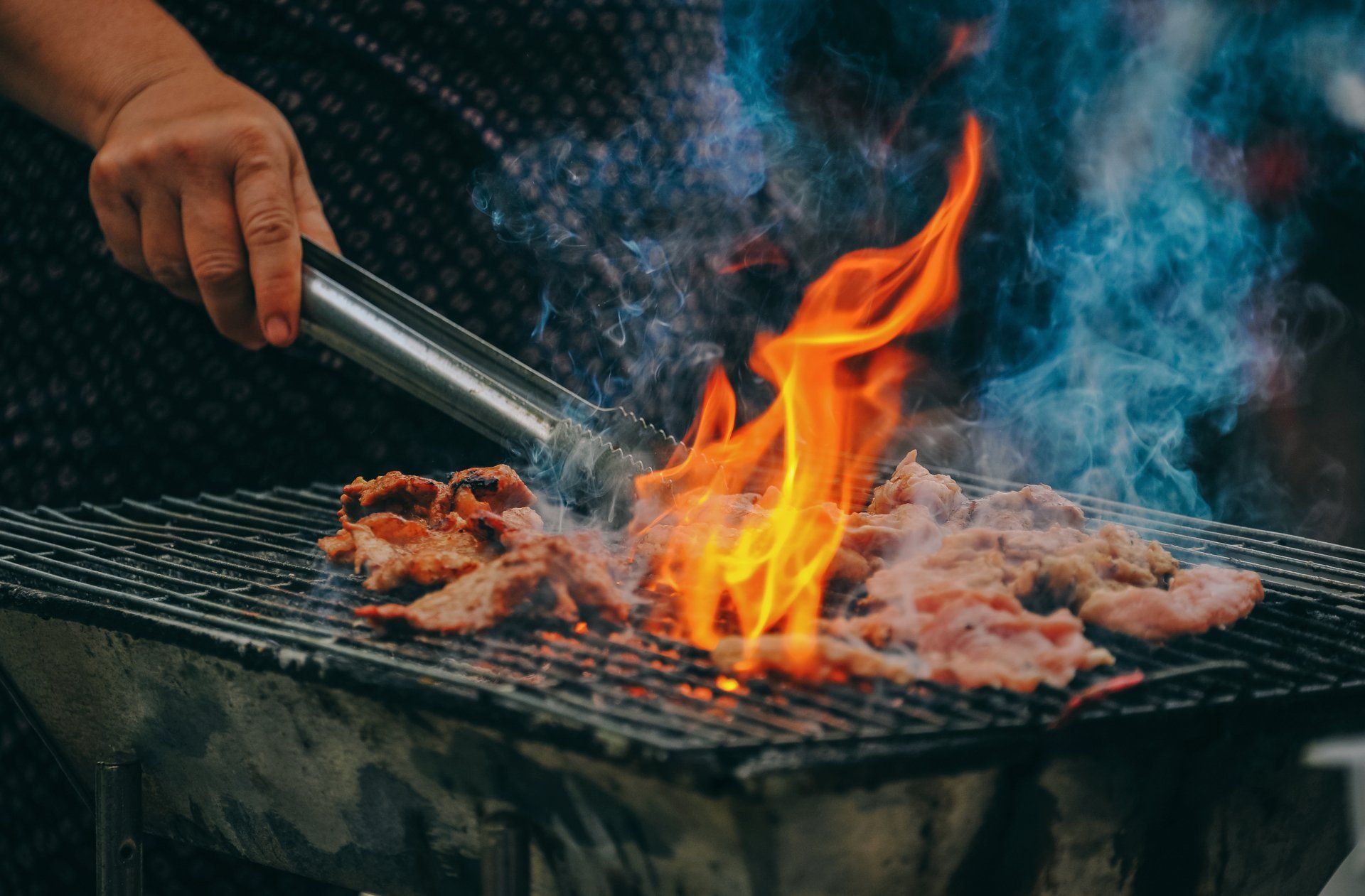
The Science Behind the Sizzle: Cooking Methods
Grilling utilizes direct heat. The food sits directly over the heat source, be it charcoal or gas flames. This direct exposure leads to rapid searing and the development of those coveted grill marks. The Maillard reaction, a chemical process responsible for browning and caramelization, occurs readily at grilling temperatures. This reaction not only contributes to the visual appeal of grilled food but also deepens its flavor profile.
Smoking, however, employs indirect heat. The food isn't placed directly over the heat source but rather positioned within an enclosed smoker. Smoke generated from wood chips or pellets fills the chamber, gently cooking and flavoring the food. This indirect approach prevents burning and allows for longer cooking times without drying out the food.
Choosing Your Weapon: Grill vs. Smoker
Now that you understand the core differences, let's explore the equipment for each method.
- Grills: Gas grills offer convenience and precise temperature control, making them ideal for beginners. Charcoal grills require some practice to manage charcoal levels and achieve the desired temperature, but they reward patient grillers with a smoky flavor unmatched by gas. Electric grills are another option, offering a clean and smokeless alternative.
- Smokers: Smokers come in various shapes and sizes, with charcoal, electric, and pellet smokers being popular choices. Charcoal smokers require similar management to charcoal grills but deliver exceptional smoky flavor. Electric smokers provide a more hands-off approach, while pellet smokers offer the ultimate in convenience with automated temperature control and fuel feeding.
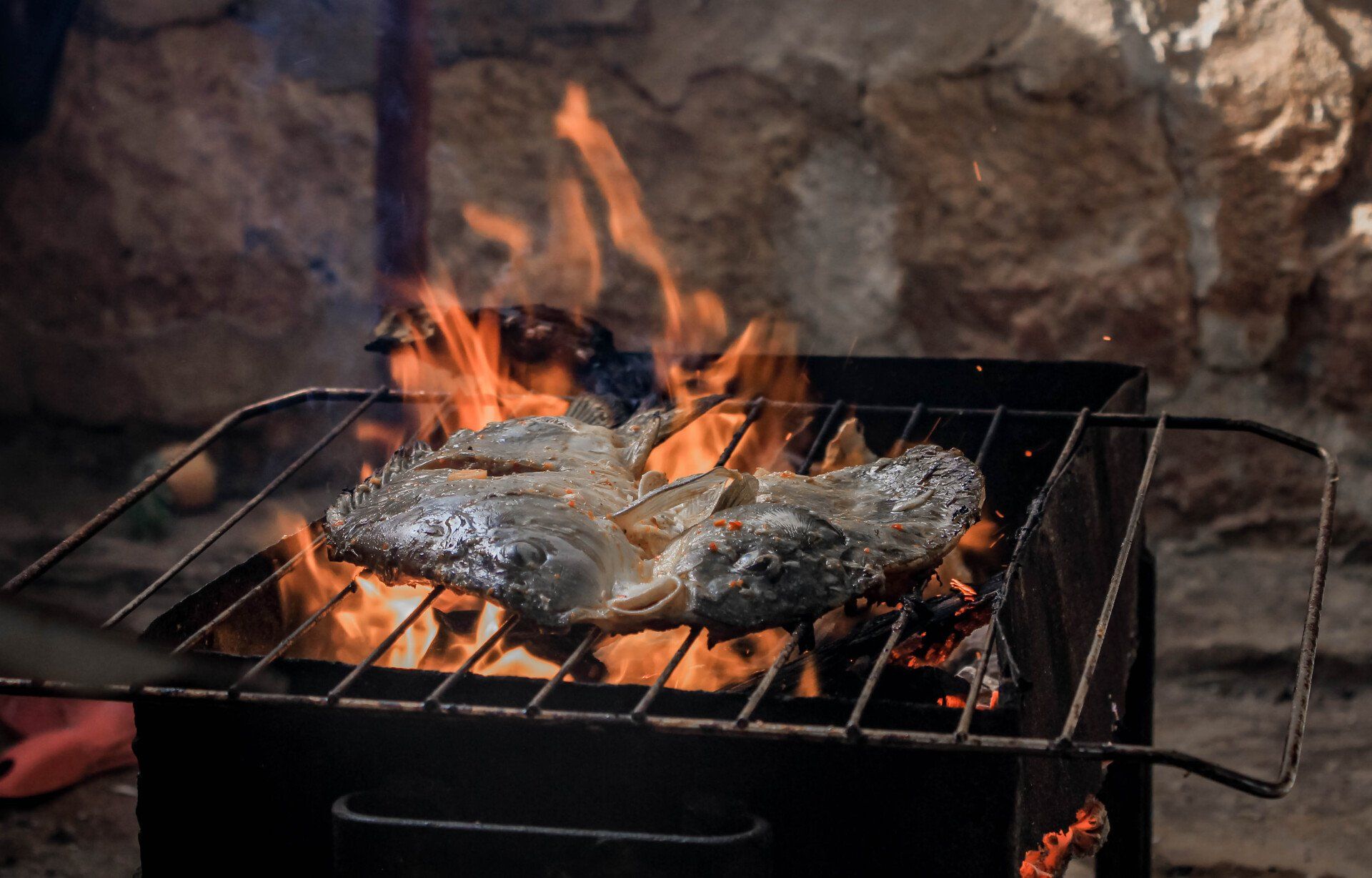
Food Fit for the Flame: Selecting Your Cuisine
The choice between grilling and smoking ultimately depends on the type of food you want to prepare.
- Grilling: This method excels with thin cuts of meat like steaks, burgers, and chicken breasts. It's also perfect for seafood like fish fillets, skewers, and kabobs. Vegetables like asparagus, zucchini, and bell peppers can be quickly grilled for a smoky char.
- Smoking: Smokers are the domain of tougher cuts of meat like brisket, pork shoulder, and ribs. The low and slow approach allows these cuts to break down and become incredibly tender. Whole chickens, turkeys, and even salmon can be smoked for a unique and flavorful twist.
Beyond the Basics: Advanced Techniques
Both grilling and smoking offer opportunities for exploring advanced techniques.
- Grilling: Searing, reverse searing, and indirect grilling over lower heat are options for those seeking to expand their grilling repertoire.
- Smoking: Hot smoking at slightly higher temperatures (around 225°F) can be used for faster smoking times. Cold smoking, done at even lower temperatures (around 68°F to 80°F), is ideal for preserving fish like salmon.
The Art of Smoke: Wood Selection
Wood selection plays a significant role in smoking. Different woods impart distinct flavor profiles. Hickory provides a strong, robust smoke, while mesquite offers a bolder, more peppery flavor. Fruity woods like apple and cherry add a touch of sweetness, well-suited for poultry and pork. Experimenting with different wood combinations allows you to tailor the smoke flavor to your preferences.
The Final Sizzle: Choosing Your Perfect BBQ Method
So, when should you reach for the grill, and when is the smoker the better option? Here's a quick guide:
- Go for the Grill if:
- You're short on time. Grilled meals come together quickly, making them ideal for weeknight dinners.
- You crave a juicy burger or a perfectly seared steak. Grilling excels at locking in juices and creating a flavorful crust on these cuts.
- You want to cook a variety of foods. Grills are versatile and can accommodate vegetables, seafood, and even pizzas alongside your grilled meats.
- You enjoy the visual appeal of grill marks. The high heat of grilling produces those beautiful char marks that add a touch of visual flair to your meal.
Light Up the Smoker if:
- You have the time to spare. Smoking is a slow and deliberate process, perfect for a relaxed weekend cookout.
- You want to experience the unique flavor of smoke-infused meat. Low and slow cooking allows smoke to deeply penetrate the meat, resulting in a rich and complex flavor profile.
- You're cooking tougher cuts of meat. Smoking transforms these cuts into tender, fall-off-the-bone masterpieces.
- You're looking to experiment with different wood flavors. Smoking allows you to explore the nuances of various woods and create unique flavor combinations.
Beyond Burgers and Brisket: Expanding Your BBQ Horizons
Grilling and smoking aren't limited to traditional BBQ fare. Here are some additional possibilities:
- Grilling: Fruits like peaches, pineapple, and watermelon can be grilled for a warm and smoky twist. Halloumi cheese and tofu are excellent vegetarian options that benefit from the grill's searing capabilities.
- Smoking: Vegetables like corn on the cob, potatoes, and onions can be smoked for a delicious side dish. Nuts can also be smoked for a smoky and savory snack. Cheese like cheddar or gouda can be smoked for a deeper and more complex flavor.
Mastering the Art of BBQ: Tips and Tricks
- Marinades and rubs: Enhance the flavor of your grilled or smoked food with marinades, rubs, and brines. Marinades tenderize meats and infuse them with flavor, while rubs add a layer of seasoning to the surface.
- Temperature control: Consistent temperature is key to successful grilling and smoking. Invest in a good quality thermometer to monitor both the cooking temperature of your food and the smoker or grill temperature.
- Resting: Allow your grilled or smoked food to rest after cooking. This allows the juices to redistribute throughout the meat, resulting in a more tender and flavorful experience.
- Practice makes perfect: Don't be discouraged by setbacks. Both grilling and smoking require practice to master. Experiment with different techniques, wood combinations, and recipes to find your perfect BBQ style.
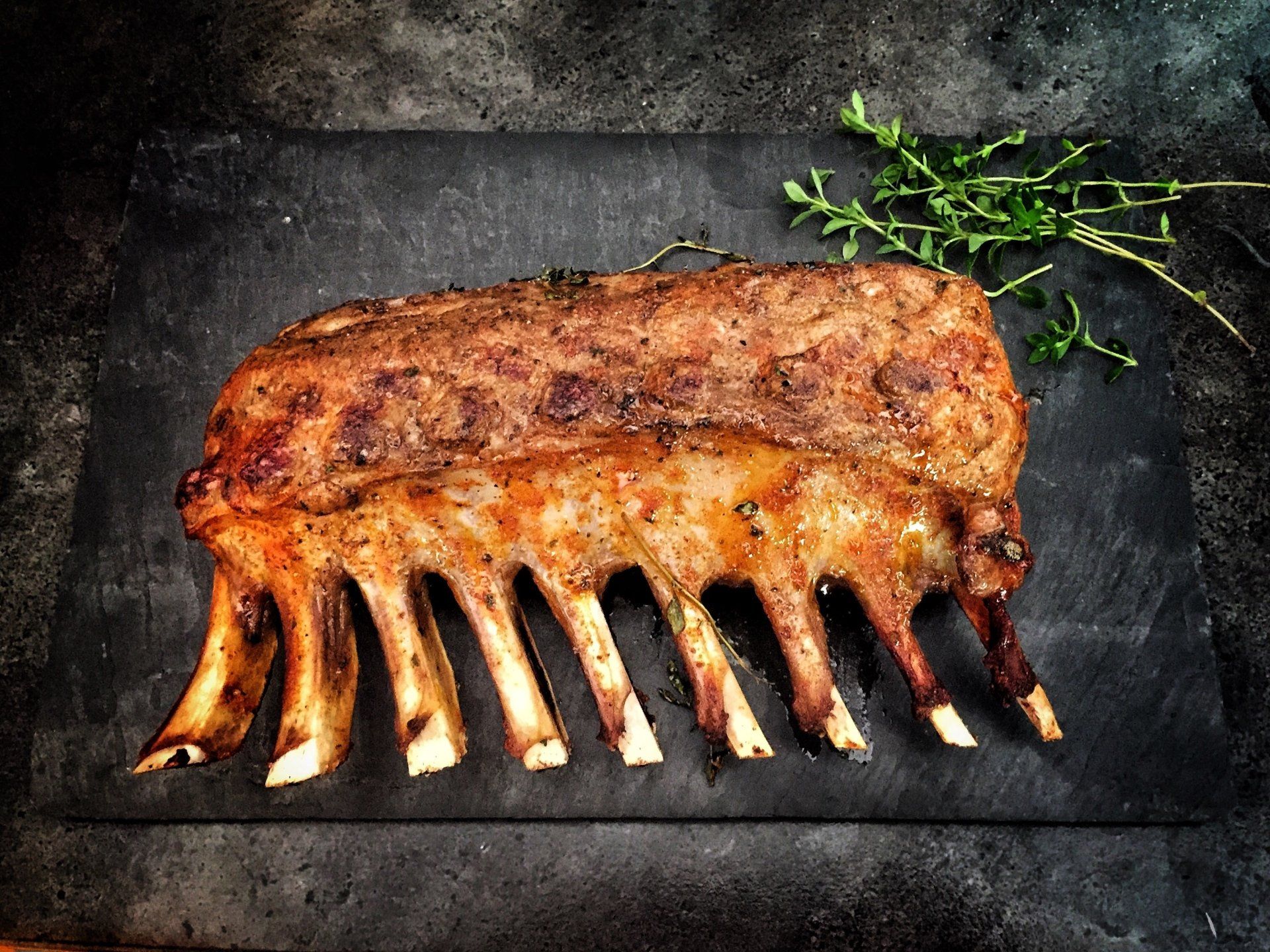
The Verdict: It's All About the Journey
Ultimately, the choice between grilling and smoking boils down to personal preference and the desired outcome. Grilling offers a quick and convenient way to enjoy delicious food outdoors, while smoking is a rewarding journey into the world of slow-cooked, smoky flavors. Whether you're a seasoned
grill master or a curious beginner, both methods offer a gateway to delicious food, shared experiences, and the joy of outdoor cooking.
So, fire up your grill or smoker, grab your favorite ingredients, and get ready to create some unforgettable BBQ memories.
